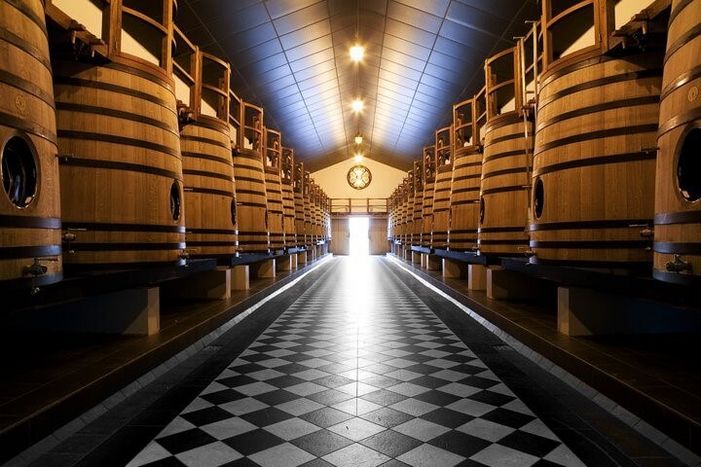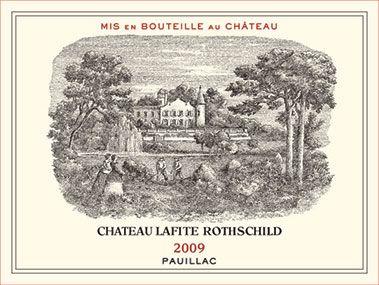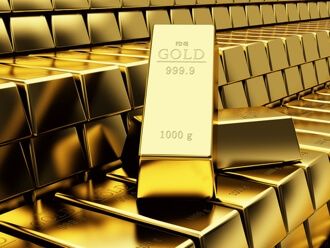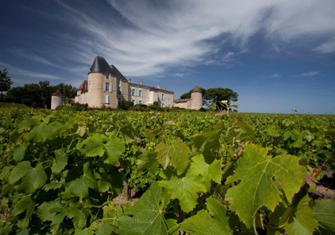
What do we mean when we describe an asset as a ‘safe haven’? Generally, these are investments that protect value; at least maintaining or increasing in price during periods of financial or economic uncertainty and downturns. These assets should preserve capital, withstand market volatility and provide diversification across a portfolio.
What does a ‘safe haven investment’ look like? Gold is held up to be the ultimate ‘safe haven’ asset but is this the case, and when we look at the key performance characteristics of these often ‘alternative investments’ does fine wine qualify?
Liquidity: Can investors easily buy and sell the asset? The ‘safe haven’ should have an active secondary market allowing investors to convert it into cash easily. Currency is the most obvious liquid asset and can be used immediately but it is also volatile – can we therefore consider it a safe haven? Property and real estate transactions can take many months if not years in certain market conditions. Blue-chip Bordeaux fine wine has an active secondary market and Liv-ex ensures price transparency and market efficiency with more than 400 international merchants trading on the fine wine equivalent stock exchange.

Functional Purpose The asset should have a purpose other than as an arbitrary store of value which ensures continued demand and long-term stability. If there is no usefulness for the asset, then potentially there is no floor for demand, and the it could be deemed worthless if sentiment on its investment viability changed quickly. For example, real-estate investment allows the owner to develop assets on the land, classic cars can be driven, commodities can be processed into higher-value goods and there will always be consumers who will enjoy drinking the finest wines in the world.
Scarcity of Supply Is there significant scarcity of the asset that limits potential increase in supply in the market? Investors need some certainty that supply growth won’t outpace demand growth. Otherwise, the asset value will probably erode even if demand is growing, likely leading to long-term price deflation.
Rare fine art and fine wine hold some of the most obvious scarcity, individual artists produce only so many paintings during a lifetime and the key Bordeaux vineyards cannot be extended and can only produce so much wine each vintage. For example, Chateau Lafite Rothschild, the most powerful fine wine brand in the world, produces an average 15,000 cases of wine each year and that supply has to satisfy a global market. As the wine is consumed, supply reduces over time for a product which is created to improve as it ages. The result being a growing demand for an improving product with reducing supply. In comparison, cash and government bonds have weak scarcity, as there are virtually no limits to how much can be printed.

Future Demand Certainty Is there going to be demand for the asset in the future? Furthermore, if the asset has use now, could it be replaced or disrupted in the future? Investors need to believe that there will be a future market for the asset and without confidence in a future market an asset cannot store value. There will always be demand for the finest wines in the world as can be seen from the extraordinary sale values achieved.
Permanence Does the asset’s utility deteriorate over time? Will the asset be just as useful years from now as it is today? Investors need some certainty that the asset won’t decay over time, which would otherwise erode its value. Gold is virtually permanent, with no significant erosion of quality over time.
In comparison, investment-grade wines cannot claim to be permanent. They evolve over time and the market is led by the industry critics who will provide an indicative ‘drinking window’ estimating when the wine will be at its best to drink and enjoy. Most of these great wines will continue to improve for decades. The canny investor will seek to sell their wine at the optimum time when supply is becoming increasingly rare and before the window is exceeded ideally. However record prices are achieved for old bottles and cases of great wines which may be hundreds of years old.
A study by Cambridge University, referred to in the recent WSET Alumni Report on the Fine Wine Market, compared the performance of fine wine with other assets over the period 1900 to 2012 showing the following long term performance: EQUITIES 5.2%, FINE WINE 4.1%, ART 2.4%, and BONDS 1.5% . Gold’s performance was not included but Fine Wine’s long term stable growth with significantly better returns than Bonds justifies its inclusion as a credible component of a diversified portfolio.

Recent performance comparing fine wine with financial markets and gold, as we regularly feature in our Vin-X Market Reports, illustrates fine wine’s stronger growth than gold recently and than equities in certain periods. In our September Market Report performance data over 1 year to 31stAugust 2018, showed the Liv-ex 100 see 2.4% growth, FTSE 100 0% and Gold -9.3% loss. The broader wine market measure, the Liv-ex 1000, saw 9% growth over the same period – demonstrating the value of diversifying a portfolio by region. Over 5 years the Liv-ex 100 has seen 15.9% growth, matching the FTSE 100, both exceeding Gold’s 2.7% growth over the same period. September 2018 data will be published in our October Market Report next week.
On this basis, we strongly believe that fine wine should be included in a robust, diversified portfolio and providing safe access to the fine wine investment market and the provision of relevant investor information was one of the key reasons Vin-X was founded. With the current global political and economic uncertainty compounded in the UK with a fast approaching Brexit deadline and no sight of any certainty, protecting wealth and looking for tangible opportunities for growth is essential for all investors and wealth managers.
For further information on the market, the beneficial tax treatment of fine wine and current opportunities please see our Fine Wine Market Report, specialist Tax Report and contact us on 0203 384 2262 .

